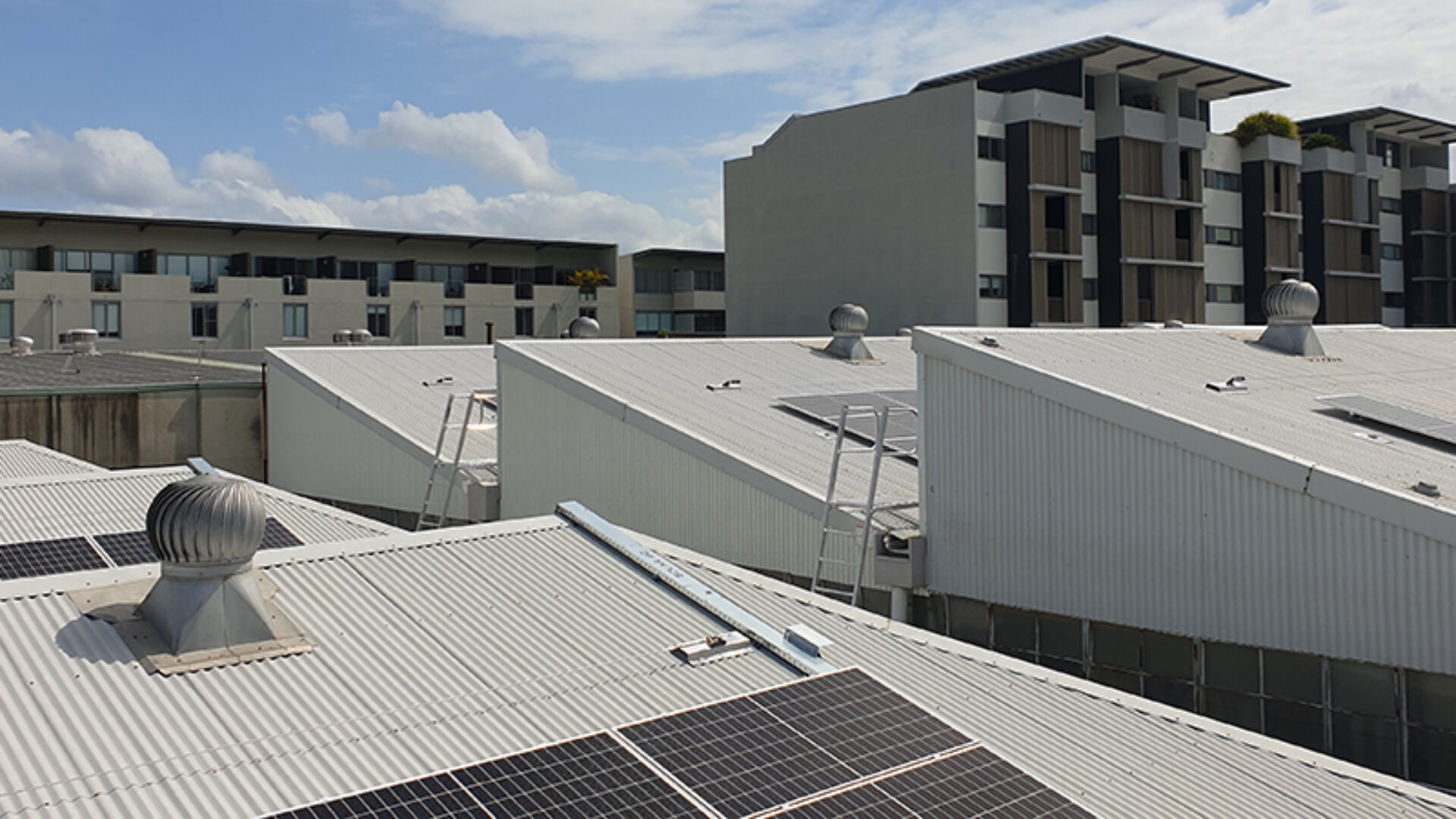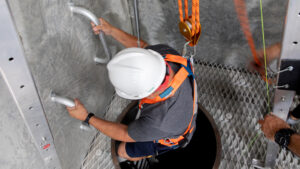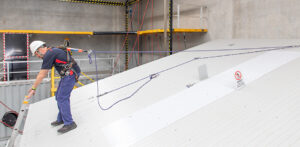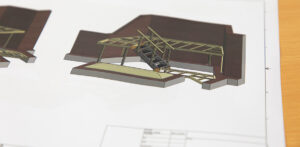Facility managers can have a wide scope of responsibility for safety across their sites. Here are four quick questions for FMs to ask themselves about their site’s height safety.
Facility managers can have an incredibly wide scope of responsibilities for the sites they oversee. They can cover everything from building maintenance to access management to cleaning to looking after tenancies.
As a result of this, a FM can carry substantial responsibility as a PCBU under workplace health and safety legislation for people coming onto their sites as contractors and workers.
Pair this with the inherent complexities of managing height safety risks more generally, and it can be very easy for things to be missed or not fully understood. Which is a common thread in working at heights across industries.
What follows are some simple headline tips that facility managers can follow to assist in making sure all height safety risks are considered and mitigated on their sites.
Do you know your risk areas?
A risk cannot be mitigated or responded to if it is not identified and known in the first place. Identifying the risk areas requires that a facility manager consider what areas of their site are accessed, by whom, for what purpose and how frequently access will occur.
Once these are considered, attention can turn to identifying the risks that workers will face.
There are many ways this can be undertaken. One of the most thorough methods, however, is having a height safety audit undertaken by an expert.
The height safety audit will explore the entire site, analysing areas where safety systems have been installed already, as well as those without.
When completed, the audit will explain to the FM what risks exist, how severe those risks are and what mitigation needs to be put in place to protect workers.
Are your systems being maintained correctly?
Like just about all other pieces of equipment that are used at a workplace, safety systems require ongoing maintenance. This is required as part of a system’s compliance procedures but is also important to make sure that they are kept in good working order and have not suffered from accidental damage or degradation.
For height safety systems, this maintenance often takes the form of a compliance inspection (which are sometimes referred to as recertification). These inspections check over an installed safety system and look to see that the various components have been installed correctly and are not damaged.
What is your site induction process?
When a worker or contractor enters a site under the control of a facility manager, more often than not they are required to sign in and undergo some sort of induction process.
This process makes the workers aware of the risks that have been identified on the site, and what processes are in place to mitigate them.
The facility manager should also have any system manuals and procedures available for the workers to view when on site and be willing to assist them in understanding how they are put into practice on site.
Do you know what to look for?
Although a facility manager might not be required to actually access a high-risk area, they should still be equipped with the training and equipment to do so. This allows them to ensure that site procedures are being followed and that work is being conducted in a safe manner.
For areas where workers are accessing places at height, FMs should be trained in how to work safely at heights. By understanding what the correct work practices are, FMs are better able to assess how work on their sites is being completed.
Want to discuss your height safety needs with an expert?
The team at HSE have the experience to assist FMs, site managers, and anyone responsible for a workplace’s safety in solving their safety needs.
Whether it be through system design, risk identification, auditing, training or the supply of PPE, Height Safety Engineers are your partners in protecting people. Call us on 1300 884 978 or email enquiries@heightsafety.net to start your safety journey with HSE.





